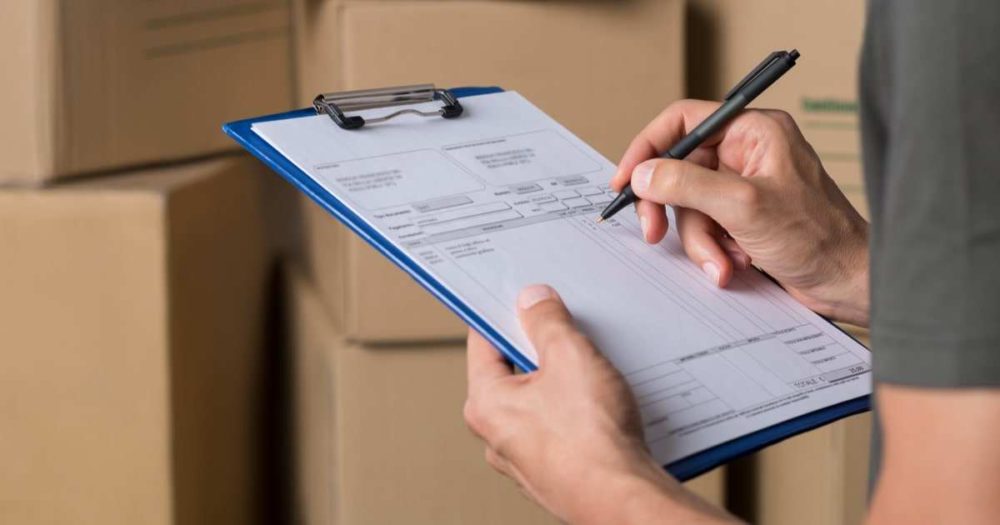To capture the most value from your logistics department, it is important you know the terminology from the industry. No matter what kind of enterprise you represent (manufacturing, distribution, any company that ships freight), shipping documents are part of a unified network of standards developed by logistics providers to help you get your freight from your own facilities to the end-user or from your supplier to you via inbound freight. As a result, you can start to understand more about the most fundamental logistics processes simply by knowing certain key terms.
Further, when you are discussing logistics services and terminology with experts from a third-party logistics company, you want to have a strong idea of what bottom-line value such services can capture. After all, no outside expertise can be justified if the ultimate value is not made clear to all parties. That being said, knowing logistics terminology is key in the communication process between you, the shipper (customer of the 3PL), and the 3PL service provider. That way you can better hold the 3PL accountable for the products and logistics solutions provided and laid out in the logistics service level agreement.
Freight Bill or Bills of Lading? What’s the Difference?
One of the most common questions that arise when we first bring on a customer has to do with the freight bill and bill of lading. While these shopping documents are similar in most contexts, there are key differences between the bill of lading and the freight bill. Failing to know these can lead to misunderstandings that might undermine an otherwise mutually beneficial business relationship not only between your third-party logistics provider, but also with carriers, suppliers, and ultimately customers.
What are bills of lading(BOL)?
Bills of lading are official documents, which may be admissible in a court of law, that precisely name and enumerate the items to be transported during a freight shipment. They are issued by the shipping company (the carrier hauling your freight) or in our case, as a third-party logistics company, by your 3PL that provides overall logistical support to meet the customer’s needs.
When composing these bills of lading forms, it is important to provide weight, value and description of every item to be shipped. These bills (remember NOT the freight bill) represent the agreement between the shipper and the logistics provider or carrier that spells out where the freight will be collected, where it will be transported, and when the freight will arrive. Traditionally, this bill also serves as a title to the goods thus described; in other words, it can serve as an official description of loan collateral.
In effect, this bill makes explicit the “service level agreement” that exists between a freight company and its customer. When determining whether a company has met its obligations, this bill is often the paramount source. For that reason, both customers and freight companies have a vested interest in ensuring these bills are accurate. Disputes can be avoided when all parties involved take steps to ensure these documents have been thoroughly checked over.
What is a Freight Bill?
Freight invoices are different from bills of lading in that they do not serve as a key piece of “evidence” in any dispute. While freight bills should match up closely to their bills of lading counterparts, they can also include additional charges (such as accessorials), information, or stipulations that serve to clarify the information on the bill of lading document. When you are looking for an “invoice” to examine as part of a focused logistics improvement effort, you will generally use this bill rather than the original lading documents. Examples of using the freight bill for improvement are during the freight audit process. If you are using a third-party logistics provider, included in the agreement should be a freight audit and freight payment service (also known as freight accounting).
In effect, these freight bills are similar to other invoices for professional services your business might collect. Although they may seem less important during the freight shipping process, they should be retained long term. If you are using a transportation management system provided by the 3PL or some other company, have a requirement that these freight bills and bills of lading are stored and available electronically. Because GlobalTranz automatically populates both shipping documents, every one of our customers’ freight bills, we have been able to save millions in cases where human error has led to erroneous charges on your freight bill.

